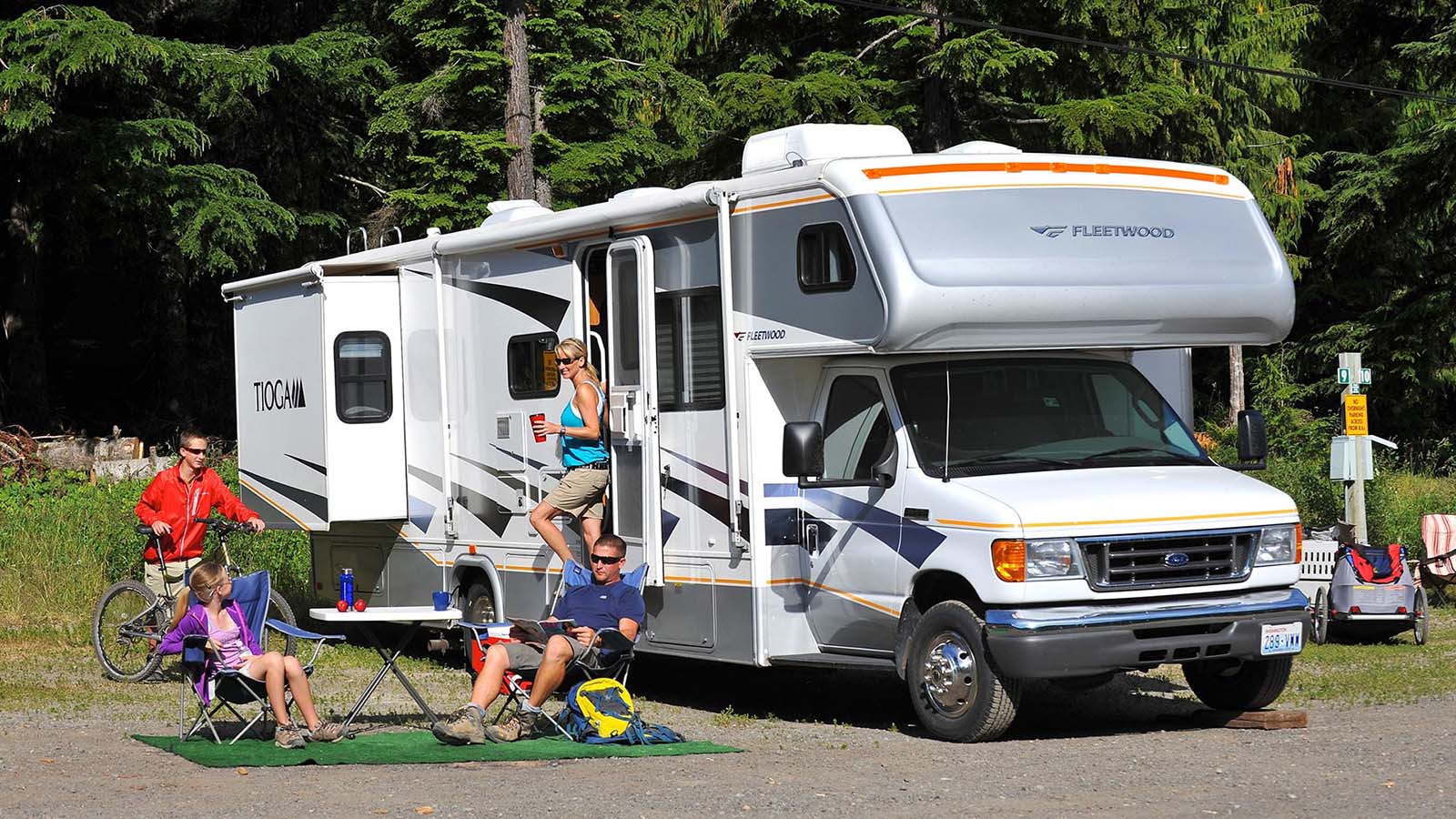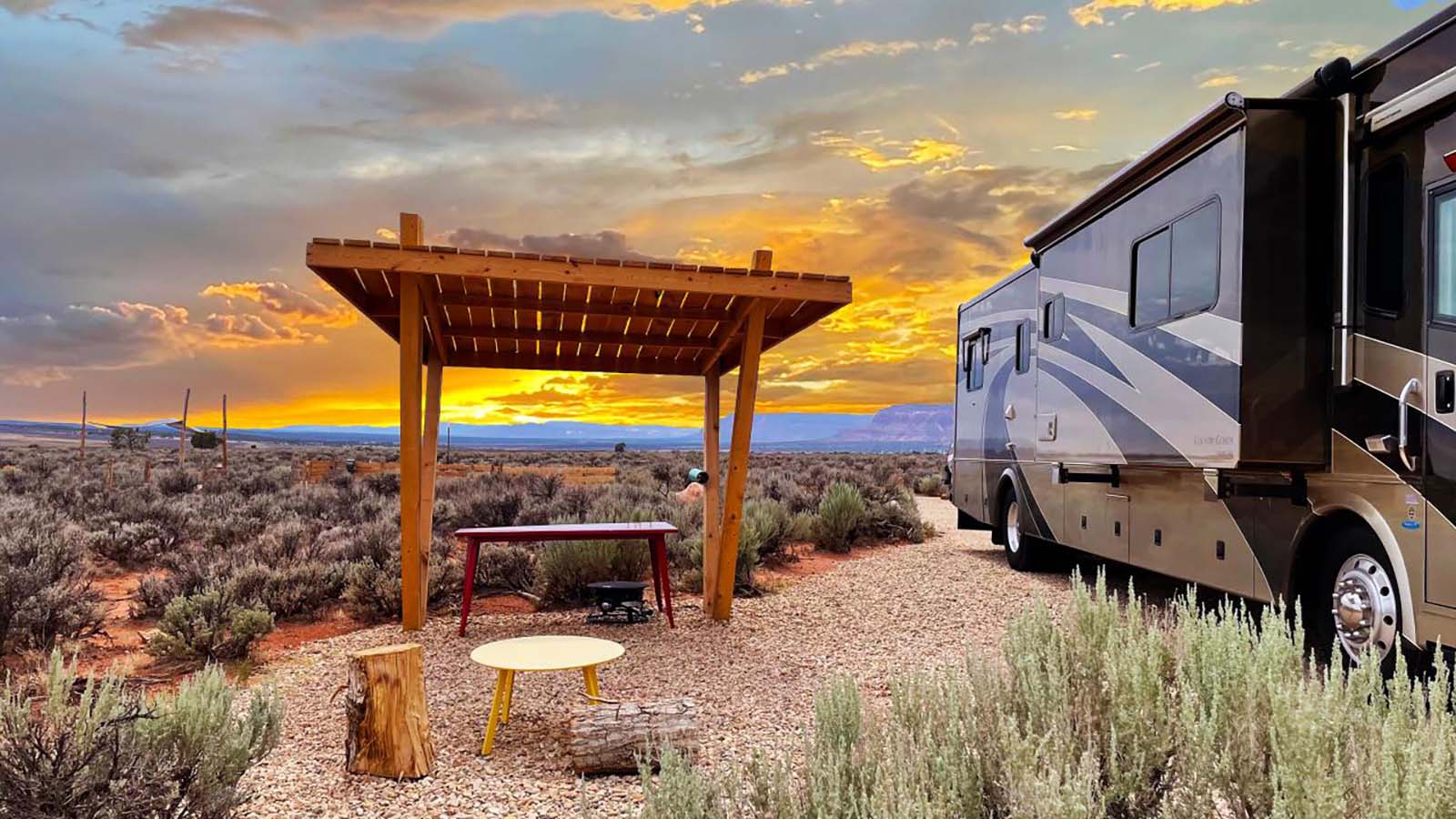How to Trickle Charge Two RV Batteries: A Comprehensive Guide

Introduction
In the world of recreational vehicles (RVs), having reliable and charged batteries is critical for a smooth experience on the road. However, maintaining and charging multiple RV batteries can be a challenge. One method to keep them charged and in good condition is trickle charging. This article will outline how to effectively trickle charge two RV batteries, ensuring their longevity and optimal performance.
What is Trickle Charging?
Trickle charging is a slow and continuous charging process that helps keep batteries at their full capacity without overcharging them. It replenishes the energy lost due to self-discharge and helps prevent sulfation, which can lead to battery deterioration. Trickle charging is ideal for RV batteries that are not in use for extended periods but still need to be ready at a moment’s notice.
Materials needed for Trickle Charging
Before starting the trickle charging process, gather the following materials:

1. Battery Charger
Ensure you have a battery charger specifically designed for RV batteries. Look for chargers with multiple voltage and amperage settings to accommodate different battery types. A smart charger with an automatic shutdown feature is highly recommended to prevent overcharging.
2. Safety Equipment
Always prioritize safety when dealing with batteries. Wear protective goggles and gloves to prevent exposure to hazardous materials and to protect yourself from potential accidents.
3. Battery Maintenance Tools
Keep basic battery maintenance tools handy, such as a battery brush for cleaning terminals, a hydrometer for checking electrolyte levels (for flooded lead-acid batteries), and distilled water for topping up battery cells if needed.

4. Timer or Alarm Clock
Having a timer or alarm clock can come in handy to remind you to periodically check the batteries and monitor the charging progress.
Step-by-Step Trickle Charging Process
Follow these steps to trickle charge two RV batteries:
1. Preparation
Begin by ensuring your RV’s electrical system is turned off. This prevents any power fluctuation during the charging process, to avoid damaging the batteries or the charger.
2. Battery Inspection
Thoroughly inspect the batteries before connecting them to the charger. Look for signs of damage, corrosion, or leaks. If any issues are found, address them before proceeding.
3. Charger Connection
Connect the positive clamp of the charger to the positive terminal of one battery, and the negative clamp to the negative terminal. Repeat this process for the second battery.
4. Setting the Charger
Set the charger to the appropriate charging voltage and amperage according to the battery manufacturer’s specifications. Ensure the charger is in trickle charge mode and has an automatic shutdown feature.
5. Charging Process
Start the charging process by plugging the charger into a power source. Allow the batteries to charge for the recommended period, usually between 10 and 24 hours. During this time, periodically check that the charger is functioning correctly.
6. Monitoring and Maintaining
Continuously monitor the charging process using the timer or alarm clock. Keep an eye on the batteries’ temperature, ensuring they do not become excessively hot. If necessary, adjust the charger settings or temporarily pause the charging process.
7. Completion
Once the recommended charging period is over, unplug the charger from the power source. Disconnect the charger from the batteries, starting with the negative clamps first. Store the charger safely until it is needed again.
Conclusion
By diligently trickle charging your RV batteries, you can extend their lifespan, maintain optimal performance, and avoid unexpected power issues during your adventures on the road. Remember to always follow safety guidelines and consult your battery manufacturer’s instructions for the best charging practices. With proper care and maintenance, your RV batteries will provide reliable power for countless adventures ahead.




